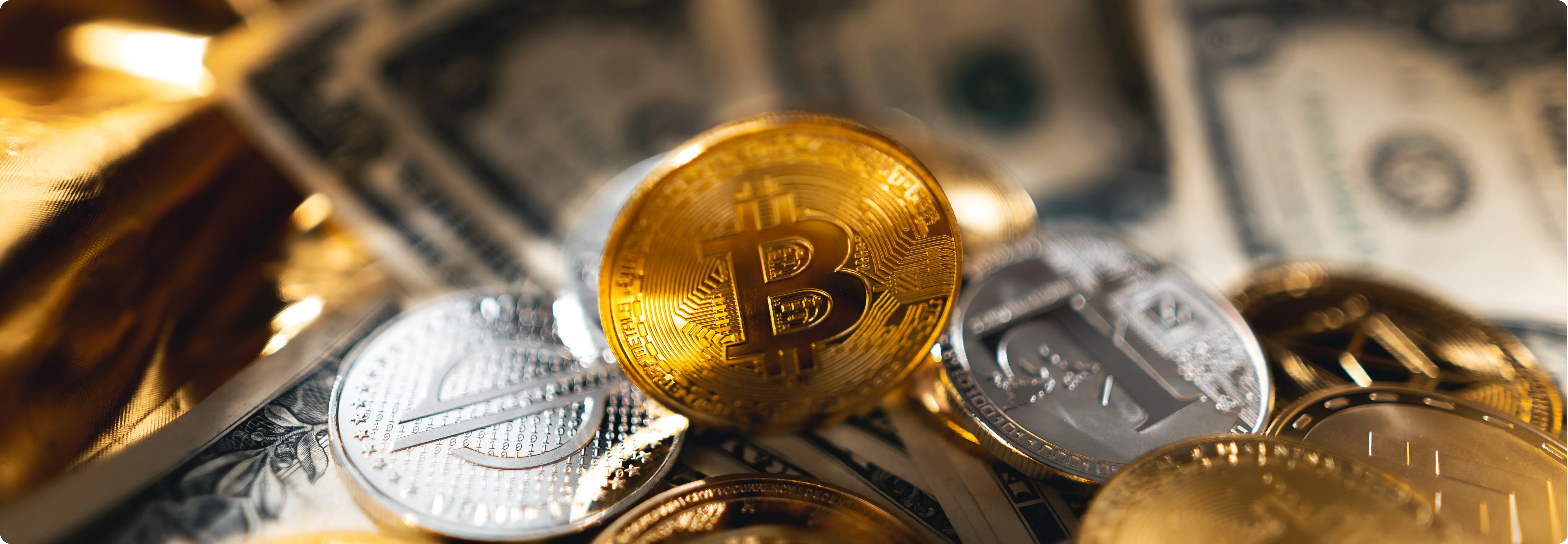The financial world is undergoing a seismic shift as traditional banks begin to embrace stablecoins—digital assets designed to maintain a stable value by being pegged to a reserve asset like the U.S. dollar. With major financial institutions recognizing the potential of stablecoins to streamline cross-border payments, reduce transaction costs, and increase financial inclusion, the landscape of digital payments is rapidly evolving.

A stablecoin is a type of cryptocurrency designed to reduce price volatility by being tied to a stable asset, such as fiat currency (e.g., USD, EUR) or commodities like gold. Unlike cryptocurrencies such as Bitcoin and Ethereum, which can experience significant price fluctuations, stablecoins aim to provide a consistent store of value and medium of exchange.
For years, cryptocurrencies like Bitcoin and Ethereum have been regarded with skepticism by traditional financial institutions due to their volatility and regulatory uncertainties. However, stablecoins offer a compelling alternative, combining the efficiency of blockchain technology with the stability of fiat currency. Here’s why banks are now entering the stablecoin space:
1. Faster and Cheaper Transactions – Unlike traditional wire transfers, stablecoin transactions can be settled instantly, reducing processing times and costs.
2. Enhanced Cross-Border Payments – Stablecoins eliminate intermediaries, making international payments more accessible and efficient.
3. Regulatory Clarity – With governments and financial watchdogs increasingly recognizing the legitimacy of stablecoins, banks see an opportunity to integrate them within existing regulatory frameworks.
4. Customer Demand – Consumers and businesses are looking for seamless digital payment solutions, and stablecoins offer a secure way to store and transfer value digitally.
Several leading financial institutions are already making moves in the stablecoin ecosystem:
As banks continue to integrate stablecoins into their financial systems, the lines between traditional finance and digital assets will continue to blur. This shift opens up new opportunities for businesses, consumers, and payment processors to play a crucial role in the evolution of the global payments industry.
With stablecoins becoming an essential part of the financial ecosystem, they have the potential to revolutionize payments, remittances, and financial inclusion worldwide.